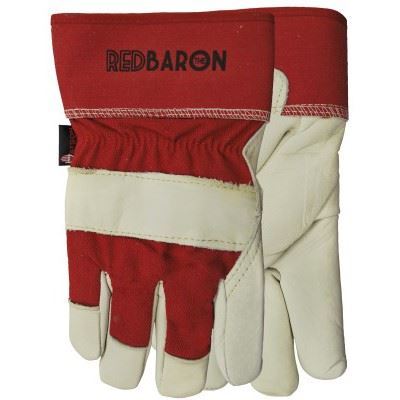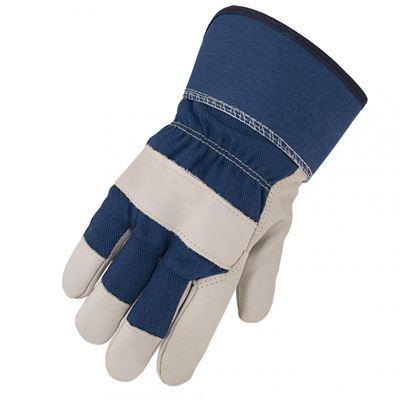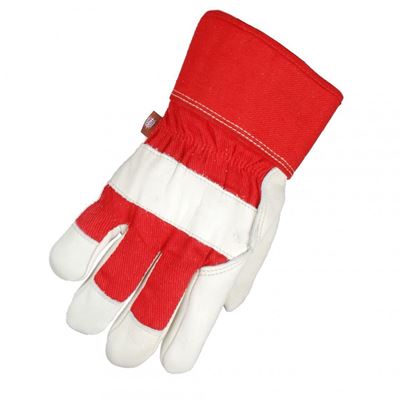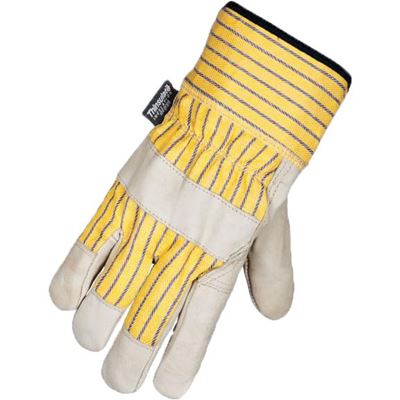Unveiling the Warmth: Exploring Common Insulations in Winter Gloves
When the winter chill sets in, a reliable pair of gloves becomes a crucial accessory to keep our hands warm and cozy. The secret lies within the insulating materials used in their construction. In this blog post, we'll delve into the world of winter glove insulations, exploring four commonly used options: Sherpa lining, foam/fleece lining, acrylic pile lining, and Thinsulate™ lining. Let's unravel their unique features, pros, and cons to help you make an informed decision for your next winter gloves purchase.
Sherpa Lining
Sherpa lining, inspired by the woolen fabric traditionally used by the Sherpa people in the Himalayas, is a popular insulation choice for winter gloves. This lining is typically made of polyester or acrylic fibers that mimic the softness and warmth of sheepskin. The fibers create air pockets, providing effective insulation by trapping body heat and preventing its escape. Sherpa lining is known for its exceptional comfort, moisture-wicking properties, and cozy feel. However, it may not offer the same level of insulation as other options and can be bulkier.
Pros - Soft, comfortable, moisture-wicking
Cons - Less insulation, bulkier
Foam/Fleece Lining
Foam or fleece linings are another common choice in winter gloves. Foam linings consist of a layer of foam insulation, while fleece linings are made from synthetic fibers with a fuzzy texture. Both options offer excellent insulation by trapping air and providing a barrier against the cold. Foam linings often have a softer feel, while fleece linings offer increased breathability. However, they may not be as effective in extreme cold conditions compared to some other insulation types.
Pros - Good insulation, soft feel, increased breathability
Cons - Less effective in extreme cold
Acrylic Pile Lining
Acrylic pile lining is a plush insulation material commonly found in winter gloves. It features long, fuzzy fibers that mimic the appearance and warmth of sheepskin or wool. Acrylic pile lining is lightweight, moisture-wicking, and offers good insulation by trapping air. It provides a luxurious feel and is often used in high-end gloves. However, it may not be as durable as other materials and may flatten over time with use.
Pros - Luxurious, lightweight, good insulation
Cons - Less durable, may flatten over time
Thinsulate™ Lining
Thinsulate™ lining is a synthetic insulation developed by 3M, known for its exceptional warmth-to-thickness ratio. It consists of fine fibers that trap air efficiently, providing excellent insulation while keeping gloves slim and lightweight. Thinsulate™ lining is moisture-resistant, breathable, and retains its insulation properties even when wet. It offers versatility across a range of temperature conditions, making it a popular choice for winter gloves. However, gloves with Thinsulate™ lining tend to be more expensive compared to those with other insulation options.
Pros - Exceptional warmth-to-thickness ratio, moisture-resistant, versatile
Cons - Higher cost
In conclusion, the choice of insulation in winter gloves depends on personal preferences, the desired level of warmth, and the specific conditions in which they will be used. Each type of insulation discussed here offers its own set of advantages and disadvantages, providing a range of options to suit different needs. By understanding the characteristics and trade-offs associated with Sherpa lining, foam/fleece lining, acrylic pile lining, and Thinsulate™ lining, you can make an informed decision to find the perfect winter gloves that will keep your
Like the Blog and Video? Please consider sharing it with your friends and your team.










